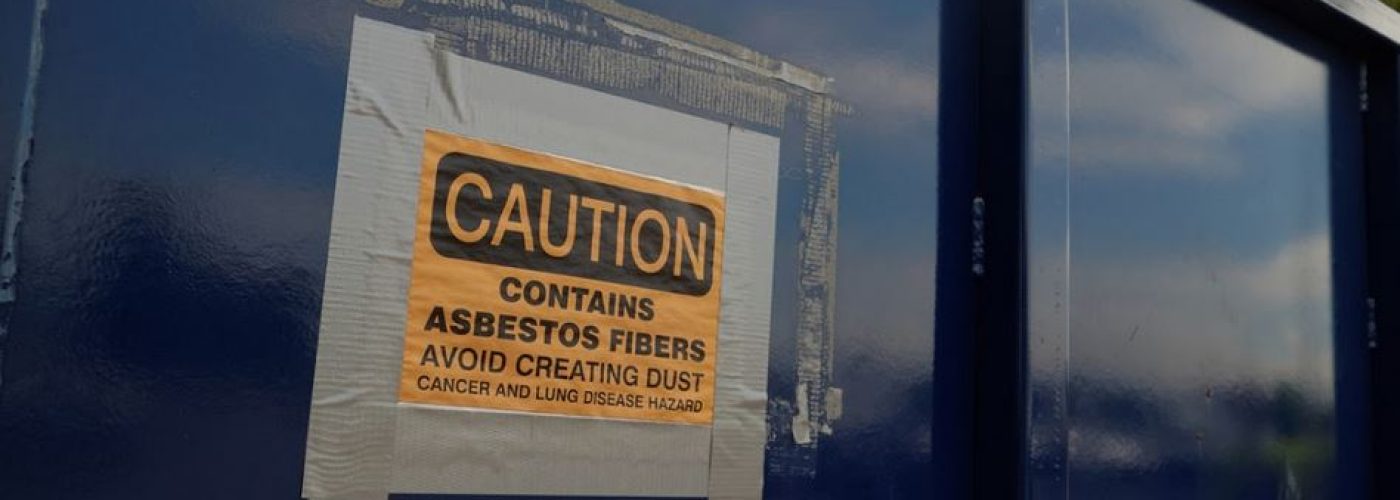The removal of asbestos is a crucial aspect of waste management in construction sites, factories, and even homes. However, many risks are involved in asbestos containment and disposal, and any wrong move puts workers and the general public in danger. This article will go through the best practices for properly containing and disposing of asbestos but first, let’s start with some basic education.
What is Asbestos?
Asbestos is a highly durable but dangerous mineral formed from six different natural fiber properties. These properties make asbestos nearly indestructible and a favorite material for construction, roofing, floor tiles, and other building materials. Asbestos is a highly durable but dangerous mineral formed from six different natural fiber properties. These properties make asbestos nearly indestructible and a favorite material for construction, roofing, floor tiles, and other building materials. However, the health risks associated with asbestos exposure, such as mesothelioma, have led to numerous lawsuits and asbestos claim payouts to compensate victims for the harm caused by this hazardous substance. If you believe you have been affected, it’s crucial to seek legal advice to understand your rights and potential compensation.
While this mineral is famous for its resistance to heat, fire, and sound, it also causes health complications. If asbestos becomes airborne and is ingested or inhaled, it can cause deadly illnesses like cancer or lung disease. A 2018 report from the International Journal of Environmental Research and Public Health states that asbestos exposure leads to an estimated 250,000 deaths worldwide every year.
To curb the number of unnecessary deaths, the Occupational Safety and Health Administration (OSHA) and Environmental Protection Agency (EPA) created strict regulations defining how asbestos-containing materials should be handled, including how to properly package and dispose of the materials. Companies that violate any of these rules or regulations will incur hefty fines and penalties.
Best Asbestos Abatement Practices
Asbestos is no joke! Adhering to these five best practices during the abatement process can help prevent potential health hazards and avoid hefty fines.
1. Consider Hiring a Professional
Asbestos is a dangerous material and should only be handled by licensed asbestos abatement professionals. They can help assess the severity of a project and have the resources to take care of the issue in a timely and cost-effective manner. An abatement professional will also be up-to-date on all local and federal rules and regulations.
2. Prepare the Area by Following Safety Protocols
Before remediation begins, the area must be prepped to prevent accidental exposure to workers or the general public. A job site can be prepped by sealing off the area with plastic, hanging caution signs around the perimeter, and turning off any ventilation systems in the building.
3. Wear the Appropriate Safety Protection
Personal protective equipment (PPE) can help avoid harmful exposure to asbestos fibers. Masks, respirators, protective clothing, and gumboots are essential safety gear for anyone involved in the disposal of asbestos.
4. Properly Contain the Asbestos for Disposal
As asbestos is removed from the site, it should be wetted to prevent it from blowing around. It should then be double bagged and sealed in an air-tight container. Alternatively, by utilizing an affordable industrial waste bag, it’s possible to capture the asbestos, reduce cleanout costs, and limit worker exposure.
Specialty bags are even available that can capture all materials with virtually no dust release and can be sized to fit industrial roll-off waste containers for easy collection, transport, and disposal. These specialty flexible packaging options are also designed to meet OSHA, EPA regulations, and DOT regulations to ensure peace of mind.
5. Follow Any and All Decontamination Procedures
People who work in asbestos-contaminated areas must remove their protective clothing and equipment in a designated decontamination enclosure. This helps contain any airborne particles that might be attached to any clothing or gear and will prevent it from escaping into the environment and exposing the general public.
How To Dispose of Asbestos?
Once the asbestos waste has been properly contained, it can be disposed of. Not all disposal facilities can take hazardous materials such as asbestos. Be sure to check which disposal sites have the appropriate license before trucking the waste all the way over to the facility.
Many resources are available online to find suitable disposal facilities. It’s also possible to see if the facilities require certain packaging to be used during transport or disposal to mitigate environmental hazards en route to the landfill.
In Conclusion
Knowing how to eliminate asbestos-containing waste is an essential part of occupational safety, especially in construction sites. Using proper asbestos containment and disposal techniques as well as packaging designed to encapsulate airborne particles will reduce potential health hazards and hefty fines.
Trey Castleberry works with PacTec, Inc. and its sister companies, the global leader in flexible waste packaging solutions for industrial and nuclear facilities. His team has a proven track record of helping waste generators and haulers streamline their business models, work more efficiently, ensure compliance, reduce budgets, and gain new business.







